That “Little Secret” Between Trump and Johnson? Here’s What It Could Mean.
The “secret” almost certainly involves a plan to install Trump in the White House if he loses the election—but this plan could be even worse than you think.
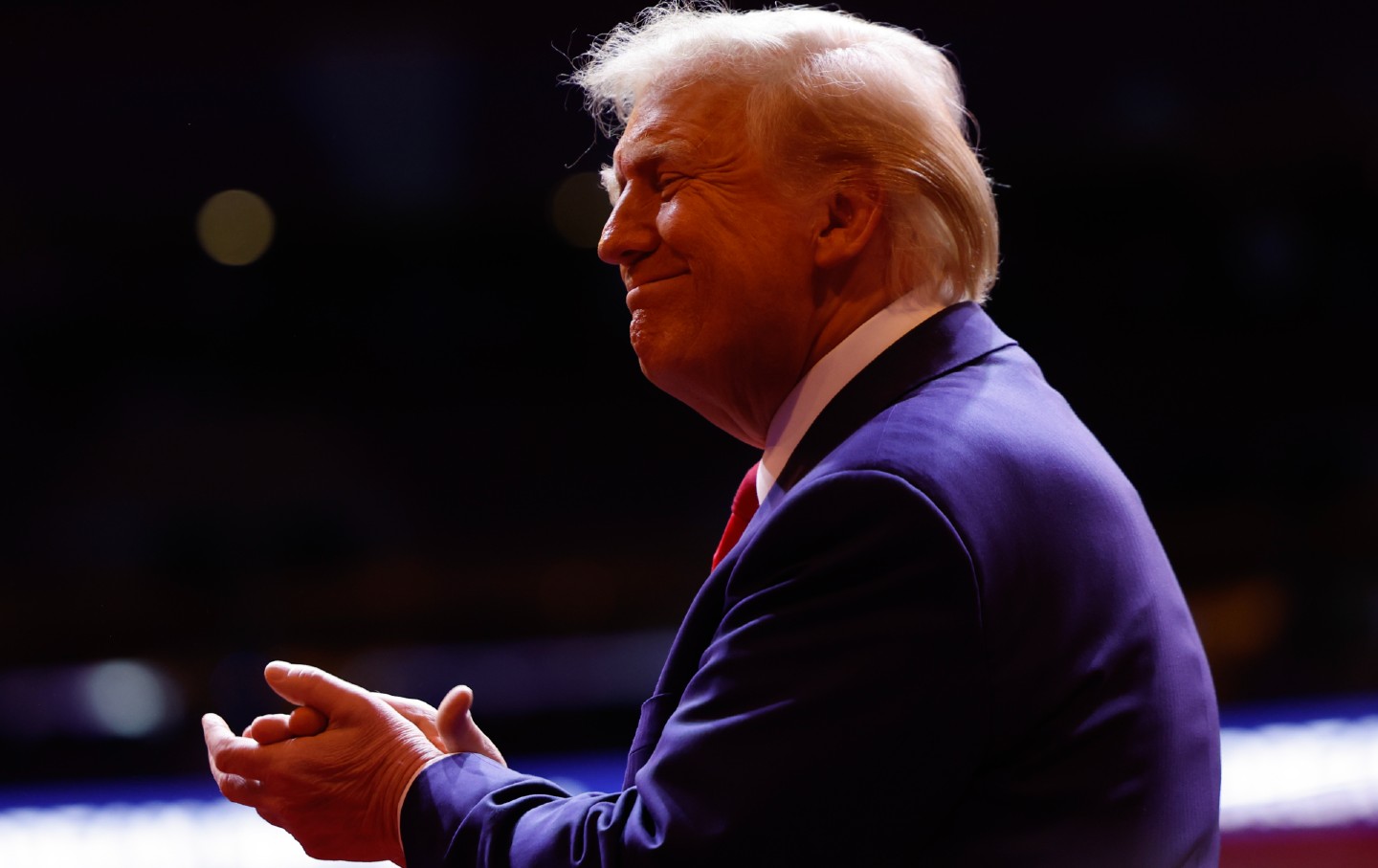
Republican presidential nominee Donald Trump speaks at a campaign rally at Madison Square Garden on October 27, 2024, in New York City.
(Anna Moneymaker / Getty Images)
During the Nazi-throwback rally at Madison Square Garden on Sunday, after Donald Trump and his MAGA cohorts finished insulting pretty much every non-white person who might even think of voting for him, Trump revealed that he doesn’t actually need votes to be installed as president again. Referencing a “secret plan” he has with Speaker of the House Mike Johnson, Trump said this: “I think with our little secret we are gonna do really well with the House, our little secret is having a big impact, he and I have a little secret, we will tell you what it is when the race is over.”
When pressed, Speaker Johnson released a statement effectively confirming the existence of the plot: “By definition, a secret is not to be shared—and I don’t intend to share this one.”
Obviously, I’m not a party to the conversations Trump, Johnson, Beelzebub, and Vladimir Putin may be having on how to steal the election. It’s entirely possible that the secret plan is nothing more than a penny-ante plot to, say, set fire to ballot dropboxes, which could be foiled by the Hardy Boys or Merrick Garland should he ever wake up.
Most educated guesses assume that Trump and Johnson are “secretly” talking about installing Trump as president through a “contingent election,” whereby the House of Representatives, not the Electoral College, determines the president. I think the plot goes deeper than that, but let’s start with the contingent election idea.
To understand how this could work, you have to understand the 12th Amendment of the Constitution. Here’s the key language: “The person having the greatest number of votes for President, shall be the President, if such number be a majority of the whole number of Electors appointed; and if no person have such majority, then from the persons having the highest numbers not exceeding three on the list of those voted for as President, the House of Representatives shall choose immediately, by ballot, the President. But in choosing the President, the votes shall be taken by states, the representation from each state having one vote[.]”
This is what people are talking about when they mention a contingent election. What the amendment means is that, if no candidate wins a majority of the Electoral College, the House gets to decide who the president is. The key here is that the process is based not on a vote of the full House but a vote of House delegations, with each state getting an equal vote. Currently, Republicans control 26 of the 50 House delegations, meaning they could hand Trump the presidency in a contingent election scenario.
That would be a neat trick for Trump, but I don’t think the Republican plan even requires them to get to a contingent election where the House chooses the president. I think the plan is to steal the Electoral College outright by getting states Trump loses to refuse to certify the results of their election. That’s because the 12th Amendment provides that the president is the person who wins the majority of the “whole number of Electors appointed.” That “whole number” is supposed to be 538. But one potential reading of the amendment is that Trump doesn’t have to win 270 Electoral College votes but just a majority of however many electors show up. Trump’s goal, I believe, is to decrease the number of electors appointed until he wins.
This reading is untested. Nobody has yet tried to win an election with fewer than a majority of the Electoral College votes by decreasing the overall number of electors appointed after the election. But it’s an argument the Trump team could put forward, and it’s an argument Democratic lawyers and experts are preparing for.
The first step in such a process is to get Republicans in states Trump loses to contest the certification of their own elections. In 2020, Trump and his team illegally tried to get slates of alternate electors submitted in states where Republicans control the state legislatures. They could try that again, but for this scheme to work, they don’t even have to get “fake” electors submitted but just to convince Republican state legislatures or Republican governors not to submit their valid slates of electors before statutorily imposed deadlines. All slates of electors are supposed to be certified by December 11. Those electors are then supposed to vote and submit their results by December 25.
What this means is that Republicans just have to delay long enough to pass those deadlines. They don’t have to win; they just have to stall.
There are currently 27 states with Republican state legislatures, including Arizona, Florida, Georgia, North Carolina, and Wisconsin. There are currently 26 Republican governors running states like Florida, Georgia, Nevada, and Virginia. If some of these people are able to delay certification past the deadline, the “whole number of Electors appointed” would be diminished, lowering the number of electors Trump would need to hold a majority.
In 2022, Congress passed the Electoral Count Reform Act. This is the only thing our government actually did to address the failed coup attempt launched by Trump after the 2020 election. Its most important provisions essentially provide a legal fast track for election-certification challenges, which would take these disputes out of partisan legislatures and meandering state courts and put them in front of federal judges.
That might sound comforting, but it shouldn’t. Putting any of these challenges in front of federal judges sets them on a collision course with the Republican-controlled Supreme Court. As John Roberts and his cabal of antidemocratic goons (and their wives) have repeatedly shown this year, the Supreme Court is willing to do Trump’s dirty work. In 2020, the Supreme Court rejected almost all of Trump’s various nonsensical claims to overturn that election. But I wouldn’t be so sure they’ll do so again, especially because this time the Trump people will not necessarily be asking the court to overturn the results of a state’s election. They’ll just be asking them to delay certification of those results, until some later date. In addition to ruling for the Trumpers outright, the court could simply delay hearing the case for as long as the delay is helpful for Trump. The Supreme Court can put its thumb on the scale for Trump simply by pretending to “stay out of it” and allowing the “process” to play itself out.
If enough states refuse to certify the results of the election and submit a slate of electors—with the Supreme Court’s blessing—the math is not actually hard for Trump. Let’s say Vice President Kamala Harris wins the bare majority of Electoral College votes necessary, 270, but the Republican legislature in Wisconsin refuses to submit the state’s 10 electors by the deadline. In this scenario, the new total number of electors becomes 528, not 538—and Trump needs only 264 electoral votes to “win.” If you take Wisconsin and Nevada’s six electors out of the mix, Trump needs only 262 electoral votes to “win.” He’ll likely achieve those numbers without having to win one of the “blue wall” states.
It’s possible to play with the numbers until you find a “tie” scenario at which point the contingent election goes to the House of Representatives, but the far more likely situation is that Trump decreases the overall number of electoral votes available until he can claim a majority of the ones remaining.
And this is where Speaker Johnson becomes critical to the whole “secret” plan. In 2020, Nancy Pelosi was speaker of the House. If states had tried to get cute and not submit their electors by the December 11 deadline, Pelosi would just have extended the deadline. But Speaker Johnson surely won’t. If electors are not submitted by December 11, he’ll likely declare the process “over” and say that the electors appointed by that date are the only ones allowed to vote for president.
Crucially, Johnson can do this even if Republicans lose the House and Johnson is removed from power. The new House isn’t sworn in until January 3. As the violent MAGA people in your family already know, January 6 is when the House certifies the results of the Electoral College, but that is just a ceremonial day. By the time we get to January 6, the electors are supposed to have voted. December 11 is the deadline for appointing electors, December 25 the deadline for voting. Mike Johnson will still be in charge on both of those days.
Preventing this scenario requires Republicans to act in good faith and certify the results of elections that go against their guy. Unfortunately, we cannot be sure that Republicans of good faith still exist, and we certainly can’t assume that they exist in key battleground states or on the Supreme Court.
Popular
“swipe left below to view more authors”Swipe →I think this plan explains why Trump, Johnson, Elon Musk, and a bunch of other Republicans have been stomping around the country, looking smug and confident and willing to piss off Puerto Ricans (while doing jumping jacks, in Elon’s case), even though every person with a brain will tell you that the election is a toss-up. Trump and his people really don’t think they have to win. They think they can stop certification of states they lose long enough to let Mike Johnson shut the door on democracy.
This is where I’m supposed to say “the only way we can stop this is if we vote” and, sure, yes, please do vote. Referencing the “secret plan” in public is likely a way for Trump to try to depress Democratic turnout while inspiring Republicans, because, remember, another way for Trump to win is if he actually wins.
But the whole point of the plan is to make people’s votes not matter. The best way to stop this plan from going into action was to not give Republicans control of state Houses and governors’ mansions after the party so clearly turned its back on democracy, but too many white people in their infinite collective wisdom decided to entrust these people with power again.
Now, I don’t know: thoughts and prayers? Protests in the streets?
Again, I do believe Democratic lawyers are ready for this, but all roads point to a Supreme Court that has already proven itself to be fully in the tank for Trump. If the court allows the states to delay the certification of their results past the deadline, the Trumpers in front of the Supreme Court would be arguing a “heads I win, tails they lose” situation. They’ll say either the unappointed electors don’t count toward the overall number, and Trump wins a majority of the electors present, or they’ll say the electors not present should count toward the overall number, which means no candidate has achieved a majority of electors and the election must be decided by the House.
My best advice is that people who would like to see Kamala Harris become the president need to not take their foot off the gas, even after Election Day. November 5 is the last day of our pretend election. The real election starts on December 11, and Republican officials and judges will have to be forced to honor the results of the pretend election for Harris to have any shot of winning the real one.
Can we count on you?
In the coming election, the fate of our democracy and fundamental civil rights are on the ballot. The conservative architects of Project 2025 are scheming to institutionalize Donald Trump’s authoritarian vision across all levels of government if he should win.
We’ve already seen events that fill us with both dread and cautious optimism—throughout it all, The Nation has been a bulwark against misinformation and an advocate for bold, principled perspectives. Our dedicated writers have sat down with Kamala Harris and Bernie Sanders for interviews, unpacked the shallow right-wing populist appeals of J.D. Vance, and debated the pathway for a Democratic victory in November.
Stories like these and the one you just read are vital at this critical juncture in our country’s history. Now more than ever, we need clear-eyed and deeply reported independent journalism to make sense of the headlines and sort fact from fiction. Donate today and join our 160-year legacy of speaking truth to power and uplifting the voices of grassroots advocates.
Throughout 2024 and what is likely the defining election of our lifetimes, we need your support to continue publishing the insightful journalism you rely on.
Thank you,
The Editors of The Nation
More from The Nation
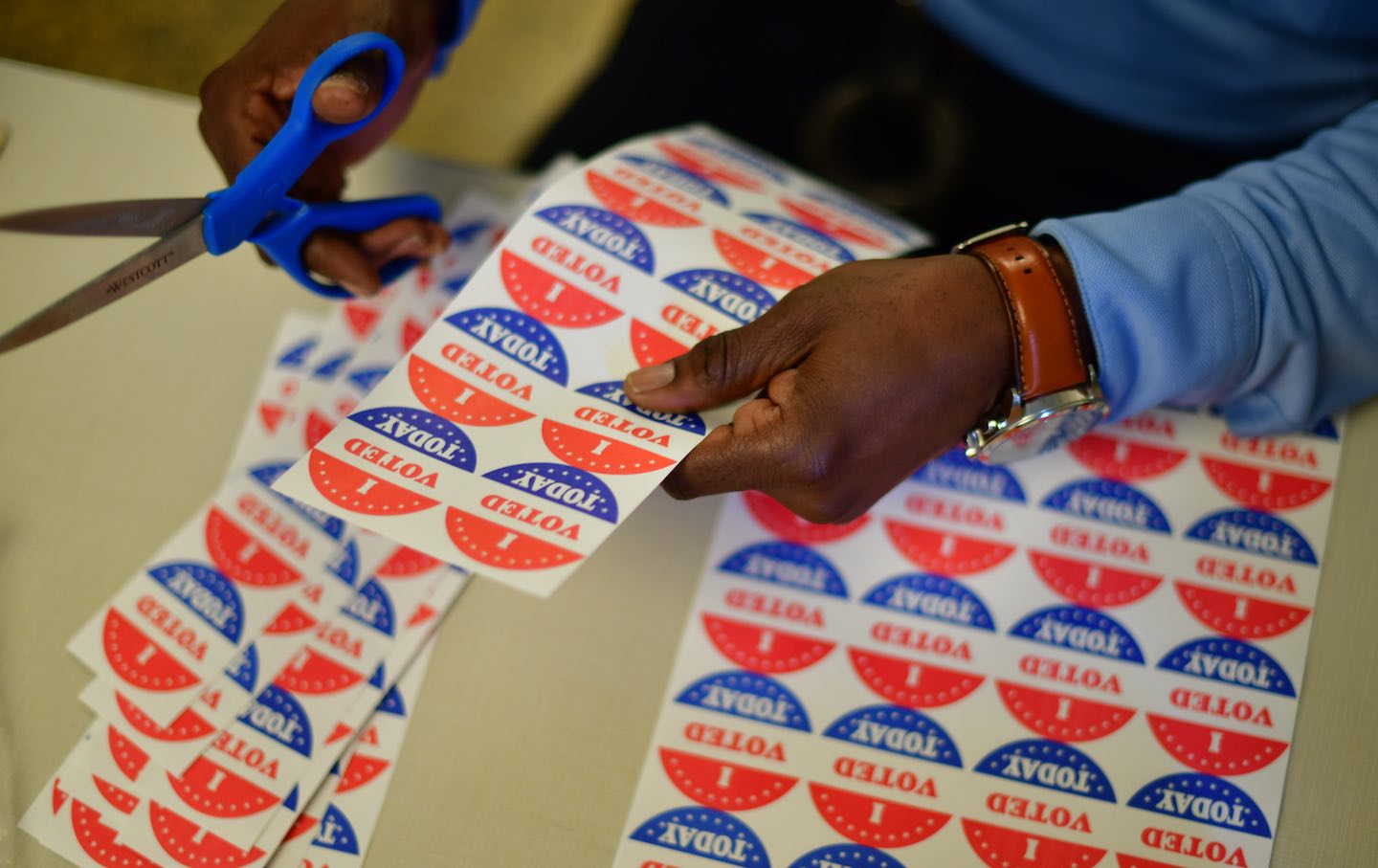
Pennsylvania’s Undecided Voters Might Swing This Election Pennsylvania’s Undecided Voters Might Swing This Election
In an election in which polls have recorded a swing-state dead heat between Harris and Trump, even a tiny number might be enough to tilt the final result.
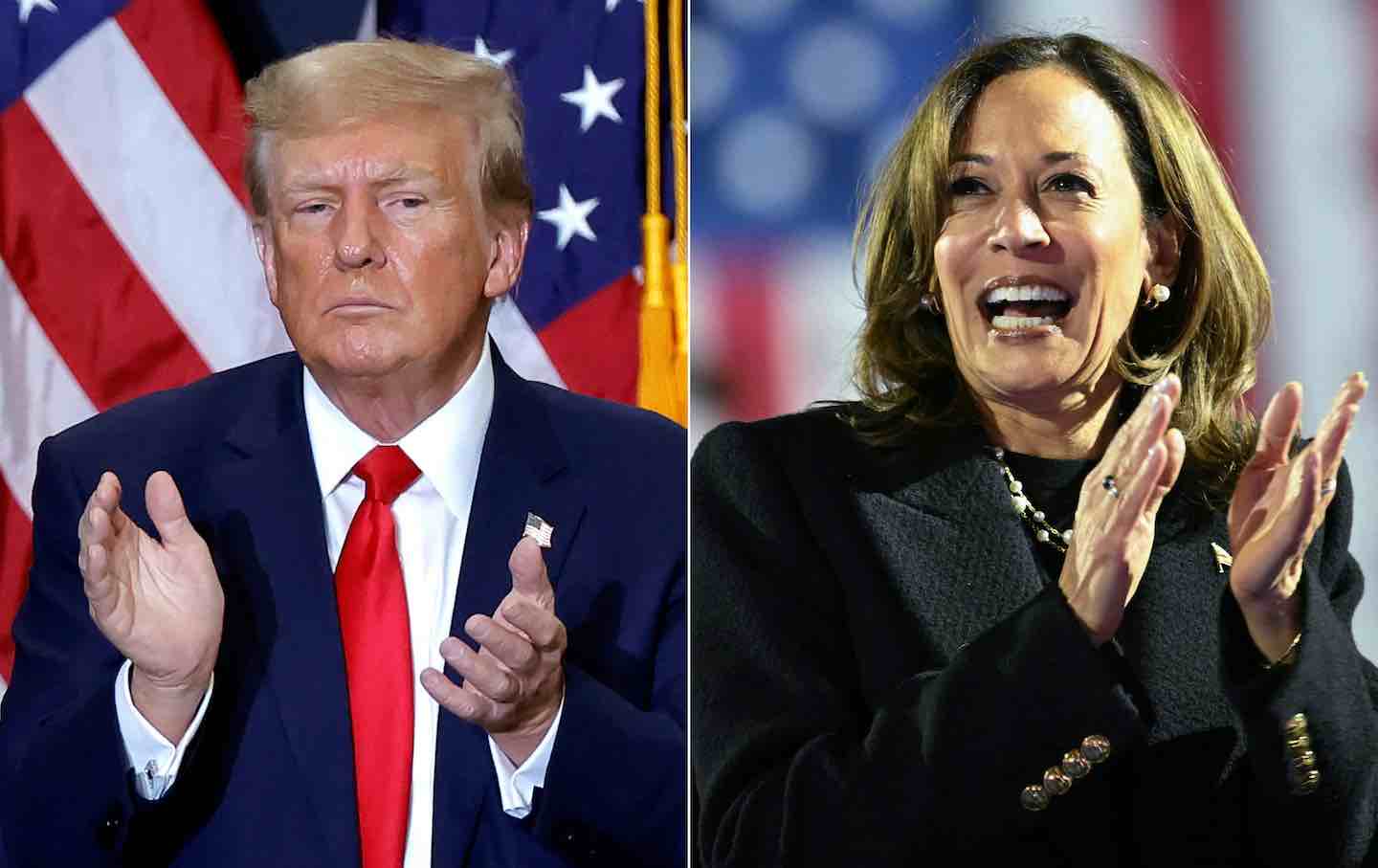
When Iowa Is Up for Grabs on Election Day, Anything Can Happen When Iowa Is Up for Grabs on Election Day, Anything Can Happen
The “October surprise” came in November, with a poll that hints there could be one more battleground state than anyone expected.
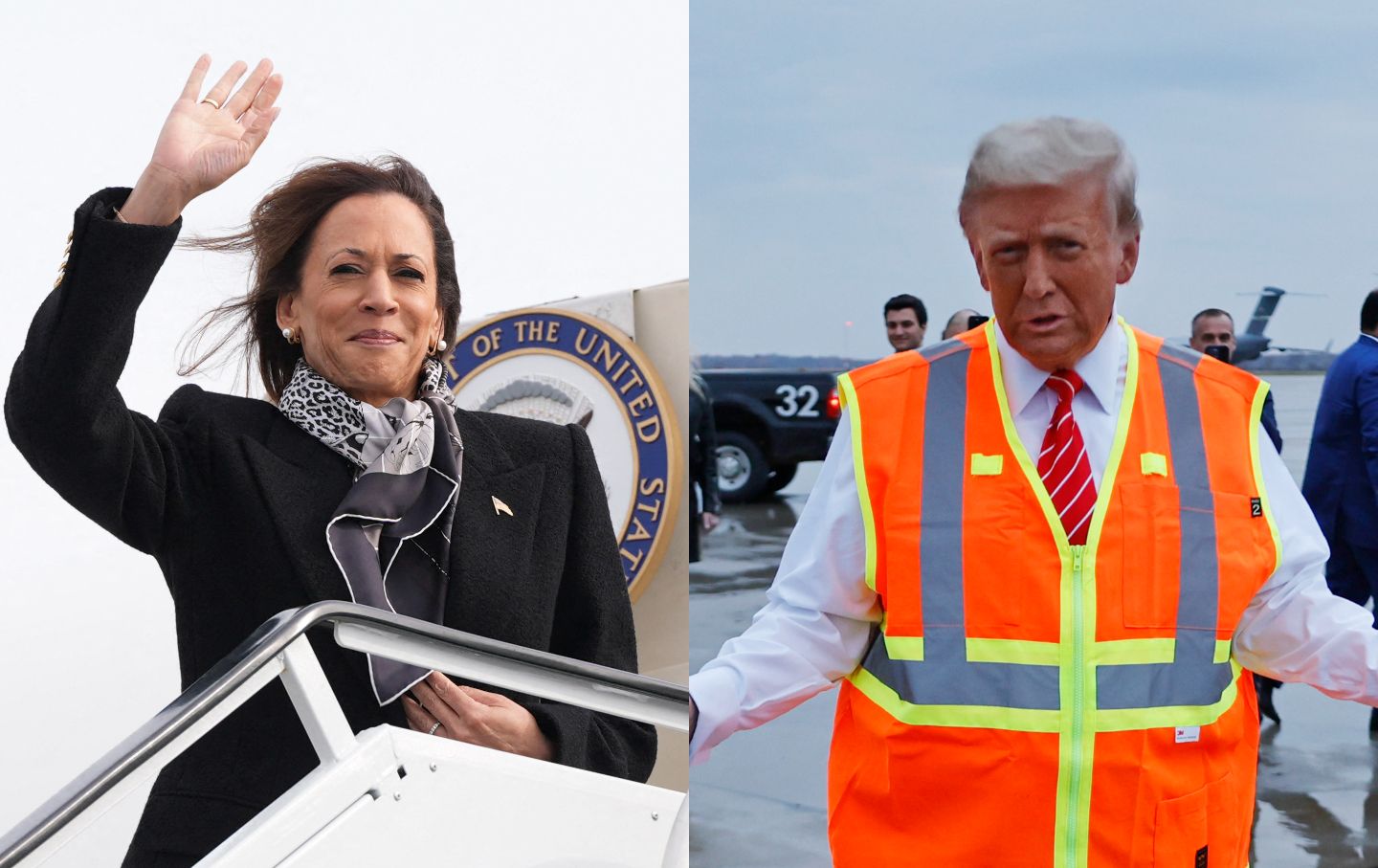
How to Watch Election Night Like an Expert How to Watch Election Night Like an Expert
Everyone’s favorite wonk Josh Cohen tells us what he’ll be watching for when the polls close tonight.
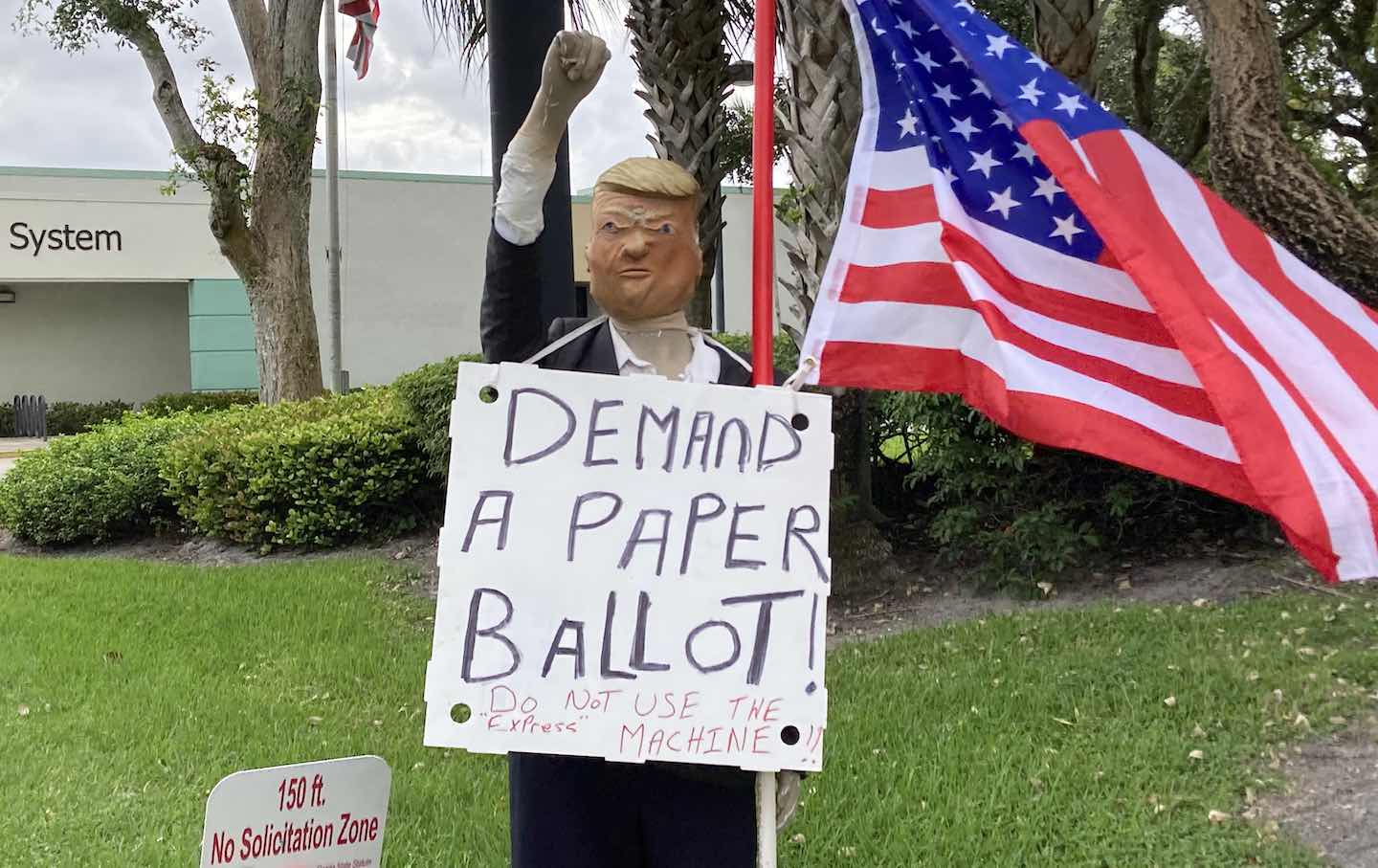
MAGA Main Character Syndrome Is Going Into Overdrive MAGA Main Character Syndrome Is Going Into Overdrive
As Election Day approached, Trump’s supporters increasingly adopted their dear leader’s main article of faith: “It’s all about me.”

In New York, Progressive Values Have a Line on the Ballot In New York, Progressive Values Have a Line on the Ballot
I can’t support the Democratic Party position on Gaza, yet I recognize that Trump would be even worse. That’s why I’m voting for Harris on the Working Families P...
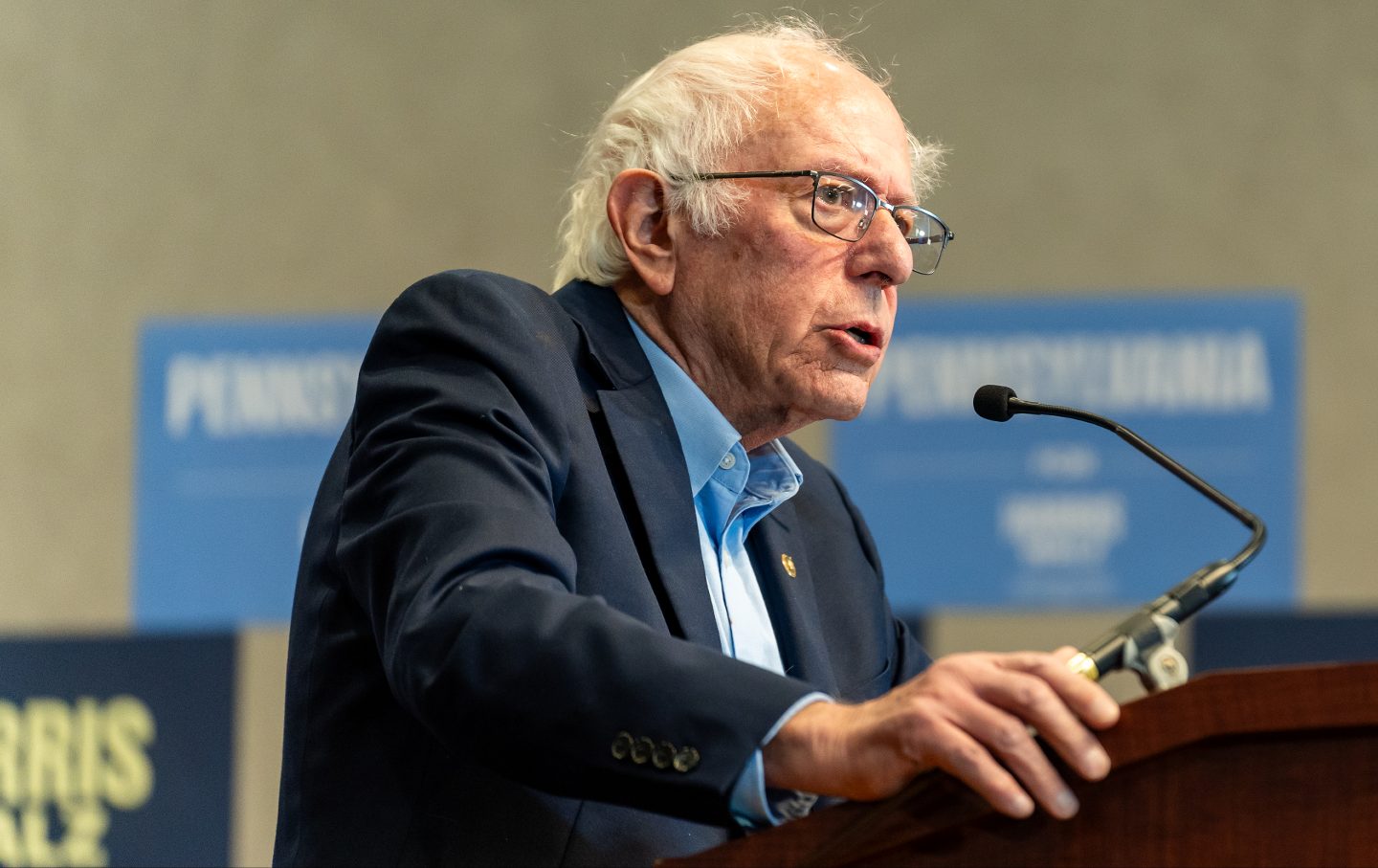
Bernie Sanders: “Netanyahu Prefers to Have Donald Trump in Office” Bernie Sanders: “Netanyahu Prefers to Have Donald Trump in Office”
The senator disagrees with Kamala Harris on Gaza, as do millions of voters. But he’s been arguing that “Trump and his right-wing friends are worse.”


